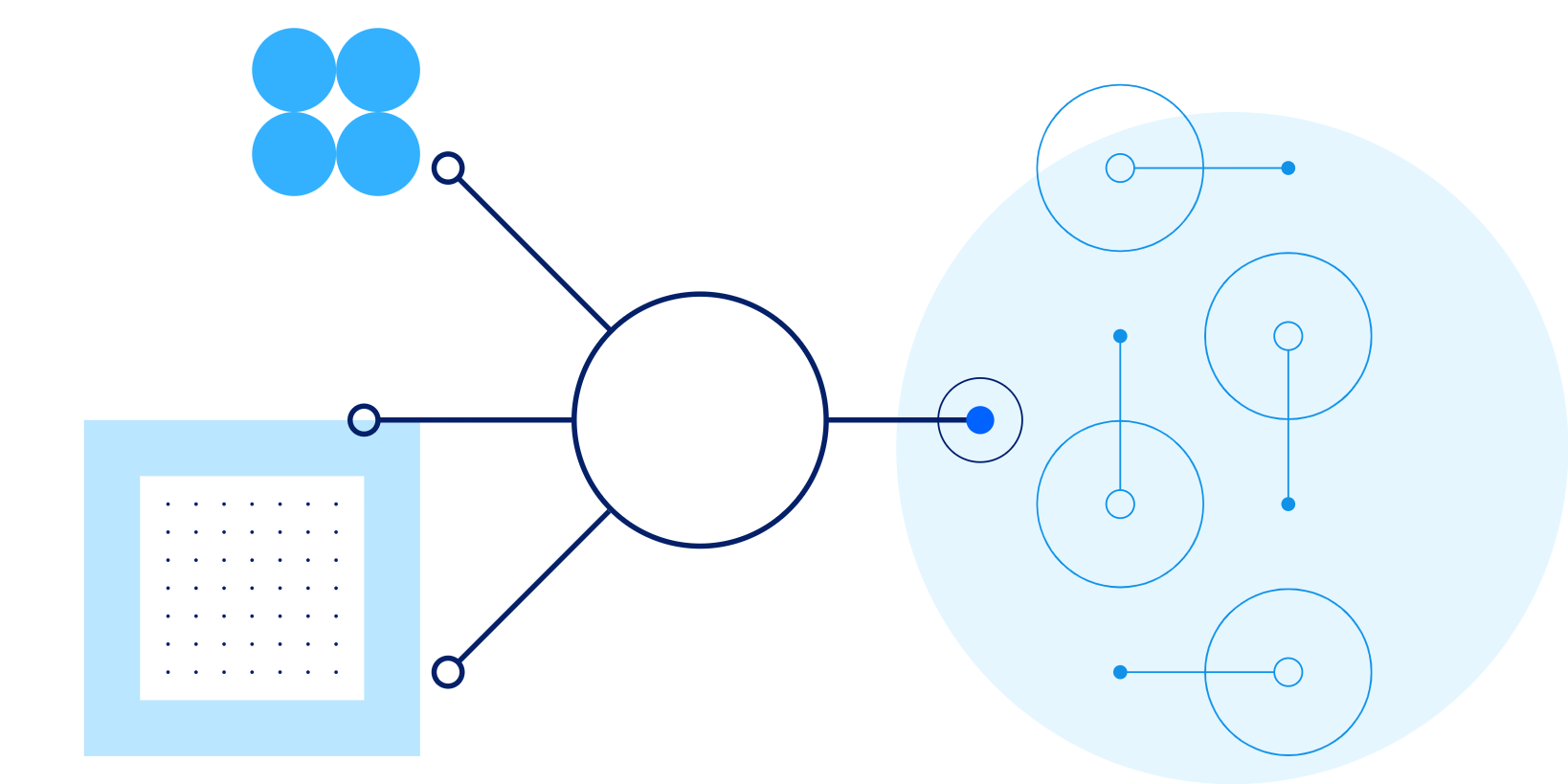Perspectives
3D Printing Chef, at your service
27 July, 2021 | Written by: Catalina Coca
Categorized: Perspectives
Share this post:
Abraham Maslow, famed for his pyramid of needs, saw food as fundamental for survival. Throughout time, we’ve found it essential to our physical, psychological, and intellectual development. The discovery of fire was the first major food revolution since it changed diets and hunting habits once and for all. Besides the newly added nutrients, cooking was key to our human evolution, too. It involved the development of more sophisticated tools, and of ritual between Homo erectus household members – who does what, and when.
Slowly, but surely, the state of food has evolved. It’s still necessary for survival, but nowadays it’s also considered a form of art, an undeniable pleasure, and an emotional support ‘buddy’. What hasn’t changed that much is the human need to constantly challenge the status quo. Finding better, faster, and healthier ways of providing and eating food is the new mission of the Homo Sapiens successors.
Jetsons’ food, a dream come true
Back in the ‘90s, I was just a few years old when my parents bought a new TV set. It had colours, a clear sound, and more channels than the national television one. As a child, I grew up with The Flintstones, Tom & Jerry, Popeye the Sailor, and The Jetsons. I had access to a new language, a new culture, and many adventures that seemed completely out of this world.
We can’t go back in time and see if the people living in the stone age drove a cave-mobile like Fred Flintstone. But we can take a glimpse into the future and foresee a completely new way of cooking, that would make Jane Jetson either proud or envious. Jane’s kitchen was amazing. All she had to do was press some buttons and magic happened. A full, savoury meal was ready in just a few seconds. The good news is we are almost there thanks to the unprecedented power of technology. So, let’s dig into that, shall we?
As marketers, we talk a lot about automation. About software platforms and technologies that can make our day-to-day jobs more efficient. But how about automating our food into more nutritious and personalized meals? 3D food printers are making their way into our lives with the purpose of saving us time, reducing waste, or boosting our creativity. Right now, these ‘food-o-matics’ are designed for B2B companies, such as factories, restaurants, candy shops, or hospitals. Yet, with the rise of IoT products and people’s drive to save time and energy, it won’t take long until 3D food printers will become home appliances. A new food gadget that we’ll proudly display on our kitchen counter.
Print, Eat, Love
Our lives are better in many ways with 3D food printers. The first thing that comes into my mind is healthier meals. We can use quality ingredients and we can reduce the sugar intake and eliminate any preservatives that we usually find in pre-cooked products at the supermarket. Or we can encourage kids to eat more vegetables and fruits by creating fascinating food designs. Creativity is a strong selling point for these machines. They are truly magic wands for those Chefs who want their courses or desserts to be considered a work of art.
These printers can help reduce food waste. Sustainability is a major concern for all industries and technology looks promising to be a true partner in overcoming this challenge. For instance, 3D food printers are recycling the “ugly” ingredients. Rotten vegetables and fruits, or cuts of fish that don’t pass quality control, but they’re still nutritious, are turned into delicious, attractive meals.
Cognitive cooking with Chef Watson
We already met Watson and envisioned how it would be working side by side. Let’s now imagine Watson as a chef and see what culinary superpowers it can unleash. Infusing AI into the art of cooking can boost creativity to a whole new level. Given its outstanding cognitive capabilities, Watson suggests ingredients pairings that increase the pleasantness and innovativeness of a dish. Or it recommends recipes based on the leftovers in the fridge. Moreover, Chef Watson helps people with special diets live healthier by delivering personalized nutritional information.
The portrait of a 3D Printing Chef
Now that we’ve seen the culinary experiences we can taste, we need someone to take the lead and put technology to work. And that person is a 3D Printing Chef. It might sound strange but being in charge of an entire “army” of 3D food printers could be a new “hot” role in the future. Since it’s an emerging job, requirements and skills aren’t totally defined. In the meantime, we can sketch his/her/their portrait as someone who:
- Is passionate about cooking and food chemistry;
- Innovates through taste and design;
- Enjoys being an early adopter of new technologies;
- Excited to partner with AI capabilities, to deliver exquisite dishes to customers;
- Understands how the components of a 3D food printer work;
- Has good communications skills and pays a lot of attention to details;
- Has graduated from a school of culinary arts;
Whatever the future holds, I’m sure we’ll witness a fusion between traditional and modern ways of cooking and enjoying food. It’s not about replacing one with another, but about having a more sustainable and healthier lifestyle. About giving Chefs the “tools” to fulfil their culinary vision. And that’s where technology comes in and does the magic.

Content Marketing Manager, EMEA
Generative AI: driving a new era of HR transformation
Helen Gowler, Partner, EMEA Talent & Transformation Lead Today, I’m proud to be part of a company that’s committed to addressing gender bias in the tech industry. IBM is pioneering the use of AI to tackle this issue, and I’m excited to contribute to this effort. Our team is developing AI models that can detect […]
Multi-Modal Intelligence Platform
Traditionally, data management systems provided only numerical or textual based business intelligence primarily for back-office users across finance, sales, customer management and supply chain. Today, we are increasingly seeing data management systems which drive key business functions requiring interrogation of multi-modal data sets from documents, presentations, images, videos to audio. This demands a more sophisticated […]
The use of GenAI to Migrate and Modernise Organisational Core Programming Languages
GenAI is hugely powerful and supports a diversity of use cases by focusing on routine work – allowing people to focus time on value-add tasks, thus enhancing productivity. The focus of this use case is for an organisation which had previously focussed on a legacy set of tooling and programming languages and needed a way […]





























